To go Back at any time,
use Browser's "Previous Page"
Before moving on to the North Island, the armchair traveler might care to pause here. Several oddities encountered on the South Island are collected below and listed in no particular order.
Look carefully at this Christchurch building. The mural painted on it is so distracting and well done it is easy to miss the fact that this is a simple concrete-block structure with a few plain windows and stucco along the bottom. There is even an unattractive wire harness/electrical box/conduit on the outside that is almost invisible. We hope by now you’ve deduced that the low “retaining wall” at the bottom is simply painted on. We found this mural inspirational --- if such a plain building can be made into a work of art, our dance hall with its developing mural will surely give us even more pleasure.
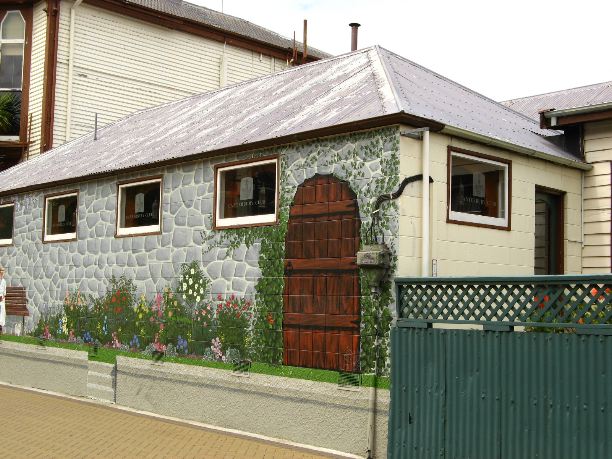
On the west coast of the South Island there are many one-lane bridges. Obviously, car traffic in one direction has the right of way. A couple of them, however, had us doing a double-take as they also carried railroad tracks --- apparently active --- right down the middle! We hoped trains were extremely infrequent and slow moving on these bridges because there were no signals.
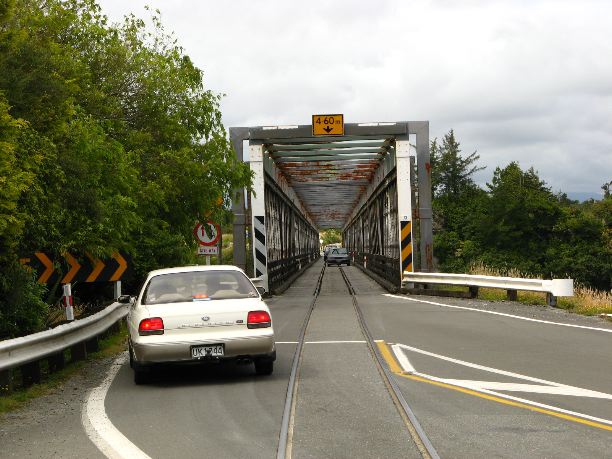
Now here is a rare bird. The takahe is a flightless bird that was believed to be extinct until a small colony was discovered in 1948. These slow breeding birds were once found in both the North and South Islands but their numbers shrank in the face of Maori hunting and predators introduced by European settlers. Unlike the moa, the takehe did not become extinct but survived in the bleak, remote mountains of Fiordland National Park, safe from hunters. Small numbers of takahe have been relocated to four offshore islands that have been thoroughly cleared of predators and they appear to be thriving. This bird and its partner were photographed in a wildlife sanctuary in Te Anau.
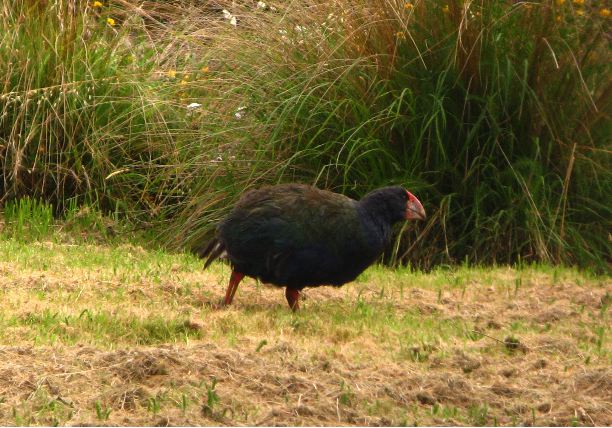
While staying in Invercargill, we happened to watch a DVD at our B&B called “The World’s Fastest Indian”. Based on a true story, this movie is delightful. Anthony Hopkins plays the role of a local Invercargill man named Burt Munro who tinkers endlessly with his streamlined 1920 Indian motorcycle, pushing it to ever-faster speeds. Finally, in the year 1963 in his 60’s and diagnosed with angina, he decides the time is right to realize his life’s dream. That dream entails taking the motorcycle halfway around the world to the Bonneville Salt Flat Test Track in Utah to find out how fast it will actually go. Against all odds, he manages to establish a world motorcycle land speed record (for engines under 1000 cc) that remains unbroken to this day. The movie will leave you feeling good and, maybe, even a little inspired. If you’re interested, a trailer can be viewed at the website:
https://www.nzonscreen.com/title/the-worlds-fastest-indian-2005
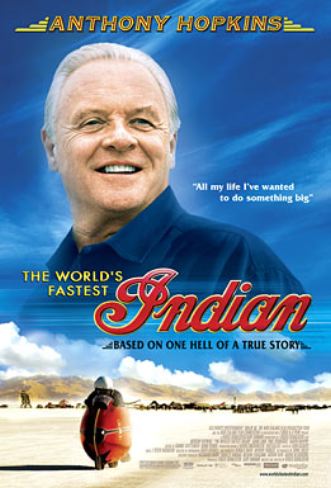
This next incident took place partly on the South Island and partly on the North. When we boarded our ferry in Picton, were we ever surprised when a small group of us were instructed to back onto the ferry! There’s a first time for everything. Our vehicles took up leftover space on the bottom level which was nearly filled with refrigerated railroad cars --- strongly lashed to the ship. In the photo below, the door had just been opened and we were ready to leave the vessel in Wellington. Being second in line, the advantage of our situation was crystal clear. Most of the vehicles loaded onboard --- cars, campers and semi’s --- boarded by way of the upper level ramp visible straight ahead. Also, note the railroad tracks on our level. These Interislander ships are truly massive!
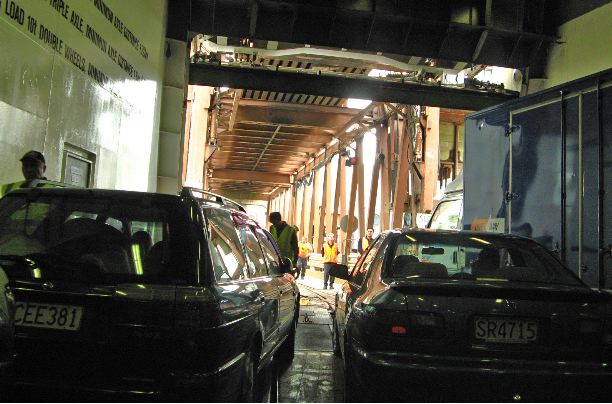
Does the name Richard Pearse ring a bell? For us, it does now. There is strong circumstantial evidence that Pearse flew a powered heavier-than-air machine on March 31, 1903, some nine months before the Wright brothers. From 1902 to 1904, Richard Pearse built and flew experimental aircraft on his Canterbury farm. The flights were witnessed by many, and were it not for Pearse’s (and New Zealand’s) isolation, he might have become an international hero. He did not seek publicity nor document his achievements as many of his own countrymen derided his efforts, compelling him to work entirely alone.
Significantly, he does not appear to have matched the Wrights’ achievement of controlled and sustained flight. Moreover, though Pearse eventually patented his design, his innovations such as ailerons and the lightweight air-cooled engine had no influence on the general public or even on other flying enthusiasts. Nevertheless, there is no doubt that this Kiwi was one bright, skilled and inventive individual.

Prior to this trip south of the equator, we were deluged with requests --- well, one or two to be exact --- to determine, once and for all, in what direction water will drain from a sink south of the equator. Some assert that the rotation of the earth will cause swirling in the southern hemisphere to be opposite the direction that occurs north of the equator. Well, here it is, see for yourself:
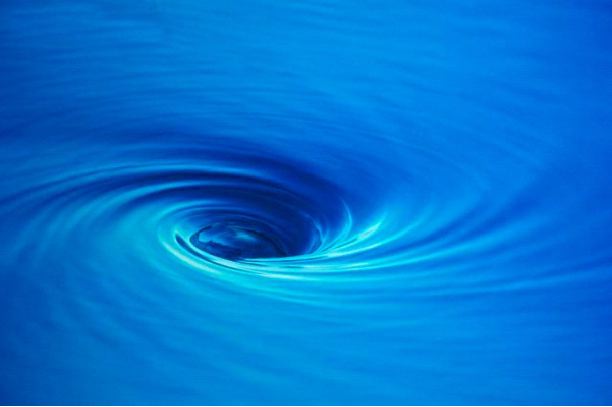
Pretty, huh? ... Oh, sorry, that came from the Internet. You’ll have to read the results.
And the results are: after several painstaking experiments in New Zealand, there was no positive trend! Barring carefully controlled laboratory conditions, it seems that the rotation of the earth (one time per day) produces too weak an effect compared to the various random influences on drain direction, such as the geometry of the sink or tub and any initial motion inadvertently given to the draining water. If we be the bearer of bad tidings, we apologize most humbly.